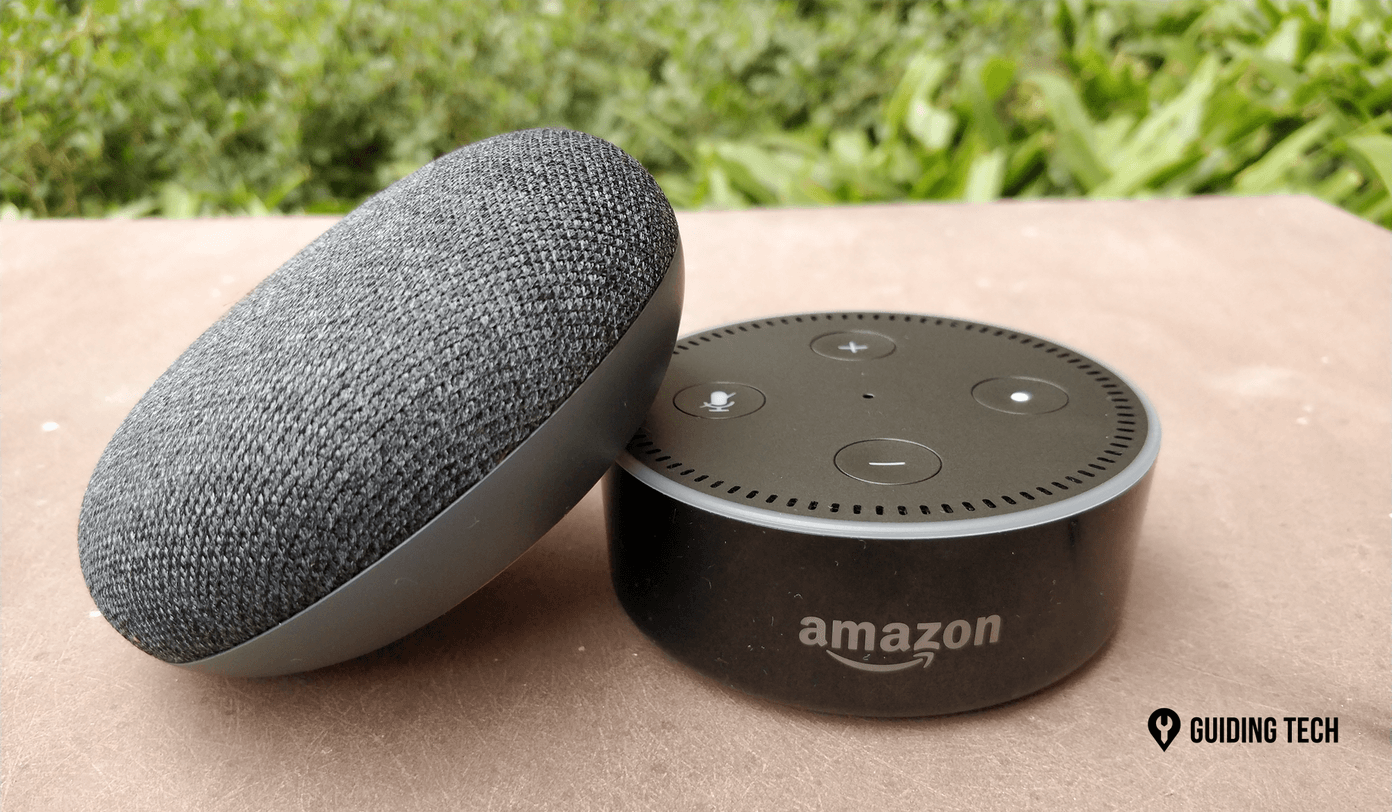Thus it only makes sense to compare both the smart plugs with each other and see which one does a better job. Let’s get started.
Set up and Installation
All you need to do is plug it into a wall socket, open the Alexa app on your phone, and you’ll see the notification for the plug. Just say “Alexa, turn on the [plug name]” command, and that’s about it. There’s also the option of manually adding smart devices, which as per many reviewers is a simple process and barely takes a couple of minutes. Once done, you can use the button for the voice assistant in the Alexa app. On the other hand, you’ll have to use the proprietary WeMo app to set up the WeMo Mini. Whether it’s updating your plugs or naming them, this is the app to get all the basic things done. Thankfully, that’s not the issue with all the users, but only a fraction of them. However, this is a point that you may want to consider before buying, especially if you plan to set up and re-setup frequently. Once the setup is complete, this plug works as advertised.
Google Assistant & Homekit Compatibility
If you own a Google Home or an Apple HomePod, you might have to operate the smart switch from the Alexa phone app. That takes away a tiny bit of smartness from the plug. Thankfully, when it comes to Alexa compatibility, this one works like a charm, whether you use it via the app or through a dedicated Echo device like the Echo Dot. The only issue is that even if you rename the plug using the Alexa app, the chances are that Alexa will still refer to it as the first plug. User reviews suggest that the device works flawlessly with the products mentioned above, and you may face an occasional hiccup due to power faults. And even if the plug has an issue with the response, you can quickly reboot it via the manual push-button on the outlet.
Smart Features
Smart plugs are not only about turning a device on/off via a voice assistant or a dedicated app. Most of the popular smart plugs such as the TP-Link and WeMo Insight Switch sport additional features like Power Monitoring and Away mode. The WeMo Mini doesn’t have power monitoring, but it does come with a dedicated away mode to be used during vacations or during your time out of the house. For those unaware, this mode will turn plugged-in lights on and off at random times to give the appearance that you are home. Apart from that, you can associate the smart plug with Google Assistant Routine to make them turn on or off at a fixed time. You can activate a dedicated Alexa Routine to create your own on/off schedule. That said, a dedicated Away Mode does seem like a nice perk.
Who is the Smartest Kid?
Well, for starters, both smart plugs seem to do their job of switching on/off plugged-in devices pretty well, and the sheer popularity of both the products prove it. Answering the above question becomes a little easier if you take a look at your requirements. For starters, the WeMo Mini smart plug works with the majority of the smart assistants. Plus, it works with Apple HomeKit without a hub or a bridge. It has a couple of extra features like a dedicated power button and a dedicated Away Mode. However, there have been many instances where users have complained that setting up this device can be a pain. Also, the app needs an interface refresh. The above article may contain affiliate links which help support Guiding Tech. However, it does not affect our editorial integrity. The content remains unbiased and authentic.












